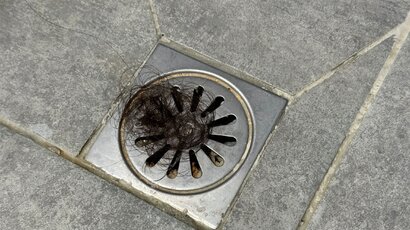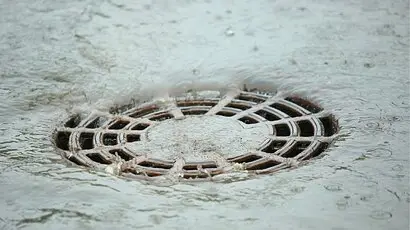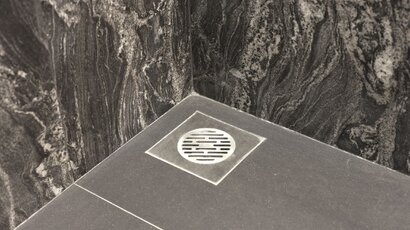The Science of Bath Drainage
Explore the science behind bath drainage and uncover the reasons blockages occur. Learn about common causes and practical solutions to keep your bathroom’s drainage system clear and efficient.
Have you ever stared helplessly at a bathtub overflowing with suds, the drain seemingly conspiring against your desire for a relaxing soak? You’re not alone.
Bath blockages are a common plumbing woe, but there’s more to this backup than meets the eye. This blog delves into the fascinating science behind bath drainage, exploring the surprising culprits that can impede water flow and turn your bathroom into an unwanted mini-pool. We’ll uncover the physics of water movement in pipes, unveil the enemies lurking in your bath products, and explain how every day habits can contribute to clogged drains.
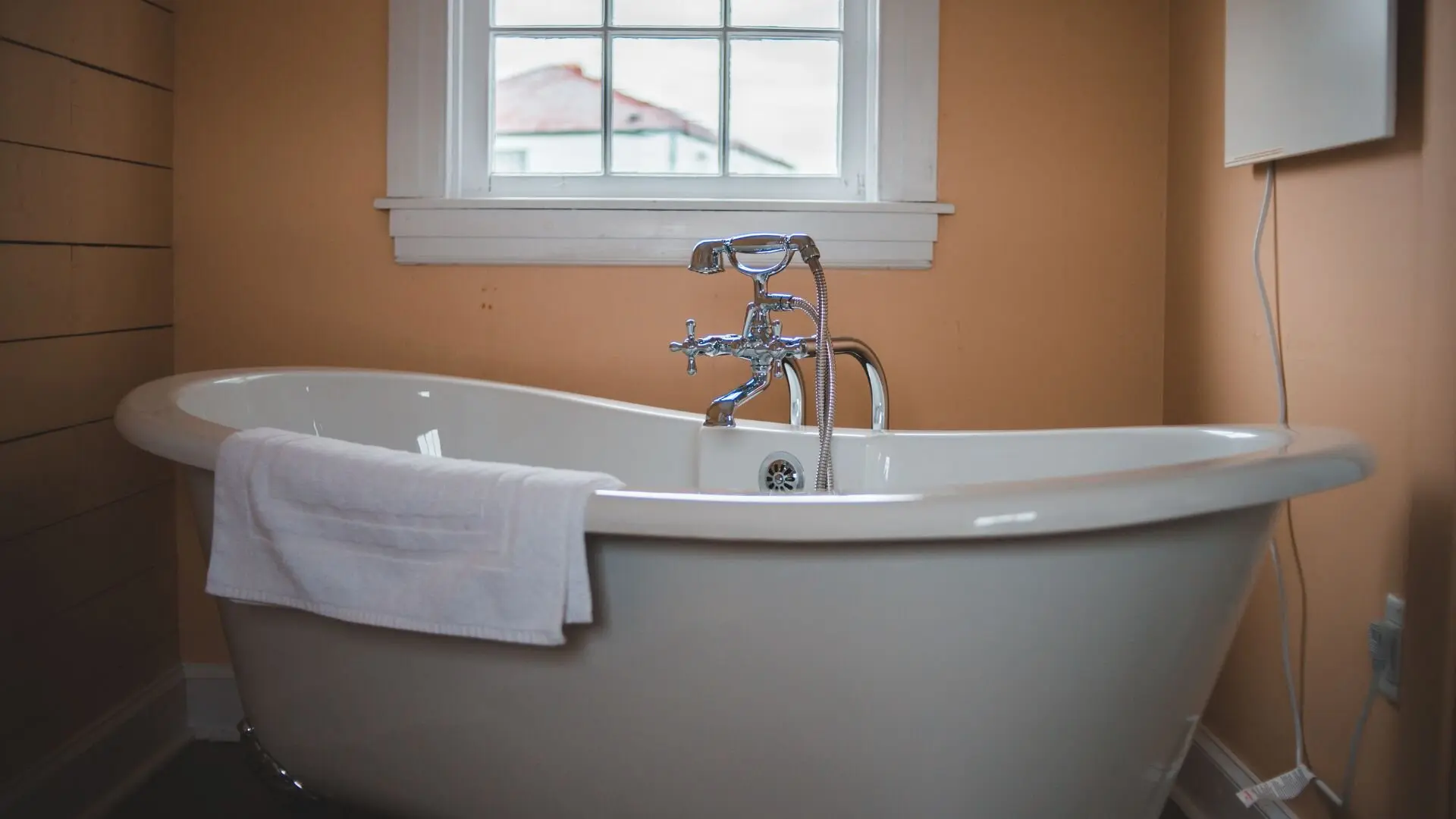
The mechanics of bath drainage involve a well-coordinated system of components that ensure water flows efficiently from the bathtub to the sewer. The primary elements of this system include pipes, traps, and vents.
The drainage process begins with the drain pipe, usually located at the lowest point of the bathtub. This pipe is often made of PVC, copper, or iron, and it directs water from the tub to the overall plumbing system. The diameter of the drain pipe is crucial for maintaining optimal flow rates and preventing clogs.
Immediately downstream of the drain is the P-trap. This U-shaped pipe section holds a small amount of water at all times, creating a water seal that prevents sewer gases from entering the bathroom. By maintaining this seal, the P-trap ensures a hygienic and odour-free environment.
To facilitate smooth drainage, the system also includes vent pipes. These pipes, which extend from the drain system to the outside of the building, allow air to enter the plumbing system. Proper ventilation prevents the formation of a vacuum, which could impede water flow and cause slow drainage or even siphon water out of the P-trap.
Together, these components form a cohesive drainage system. As water flows from the bathtub, it travels through the drain pipe and past the P-trap, while the vent pipes ensure that air pressure is balanced, preventing blockages and maintaining a steady flow. This synergy between pipes, traps, and vents is essential for efficient and effective bath drainage.
Bath drain blockages are a common household issue, often caused by a combination of factors. Here are the most prevalent causes:
Hair build-up is a leading cause of blocked bath drains. When washing hair, loose strands slip into the drain. Over time, these strands clump together, forming dense tangles that trap other debris and worsen blockages.
The P-trap, being the first bend in the drainage system, often catches these hair clogs, leading to slow drainage or complete blockages.
Soap scum forms when soap residue combines with minerals like calcium and magnesium in water. This creates a sticky, greasy layer that clings to pipe walls.
As soap scum builds up, it narrows the pipe diameter, restricting water flow. Soap scum can also act as a binding agent, capturing hair, dirt, and other particles, exacerbating the blockage.
Foreign objects can accidentally fall into the drain, causing immediate and severe blockages. Items such as jewellery, bottle caps, small toys, or even chunks of bar soap can become lodged in the drain or P-trap.
Once an object is stuck, it can collect other debris, quickly leading to a more substantial blockage. Preventative measures, like using a drain cover, can help reduce the risk of foreign objects entering the drain.
Mineral deposits are a common problem in areas with hard water. Hard water contains high levels of dissolved minerals, primarily calcium and magnesium. Over time, these minerals precipitate out of the water and adhere to the insides of pipes, forming a hard, crusty layer known as limescale.
This buildup can significantly reduce the pipe’s diameter, impeding water flow. Unlike hair or soap scum, mineral deposits are harder to remove and often require chemical treatments or professional plumbing services.
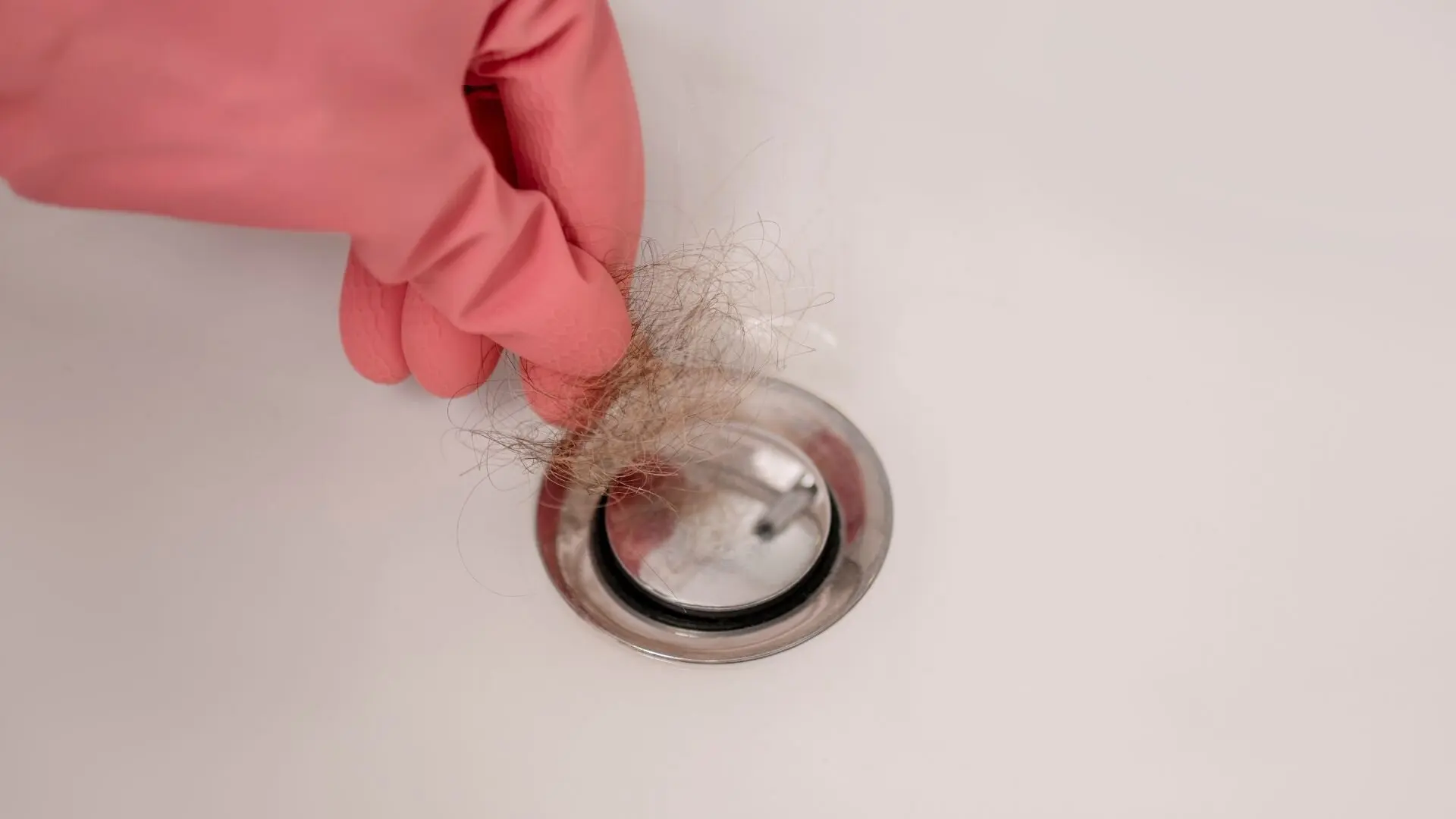
Spotting blocked bath drain signs early can save you from expensive repairs. Here are key indicators to watch for:
One of the most obvious signs is slow-draining water. If water pools around your feet during a shower or takes longer than usual to drain after a bath, this suggests a blockage is developing in the pipes, likely from hair, soap scum, or other debris.
Unusual sounds like gurgling or bubbling suggest trapped air in your plumbing. These noises occur when water struggles to bypass a blockage, forming air pockets.
Foul odours emanating from the drain are another sign of a blockage. These smells are typically caused by decomposing organic matter trapped in the pipes, such as hair and soap scum, which produce unpleasant gases.
Addressing blockages promptly can prevent water damage, avoid the growth of mould and mildew, and reduce the risk of extensive plumbing issues. Regular maintenance and timely intervention ensure a smoothly functioning drainage system, saving time and money in the long run.
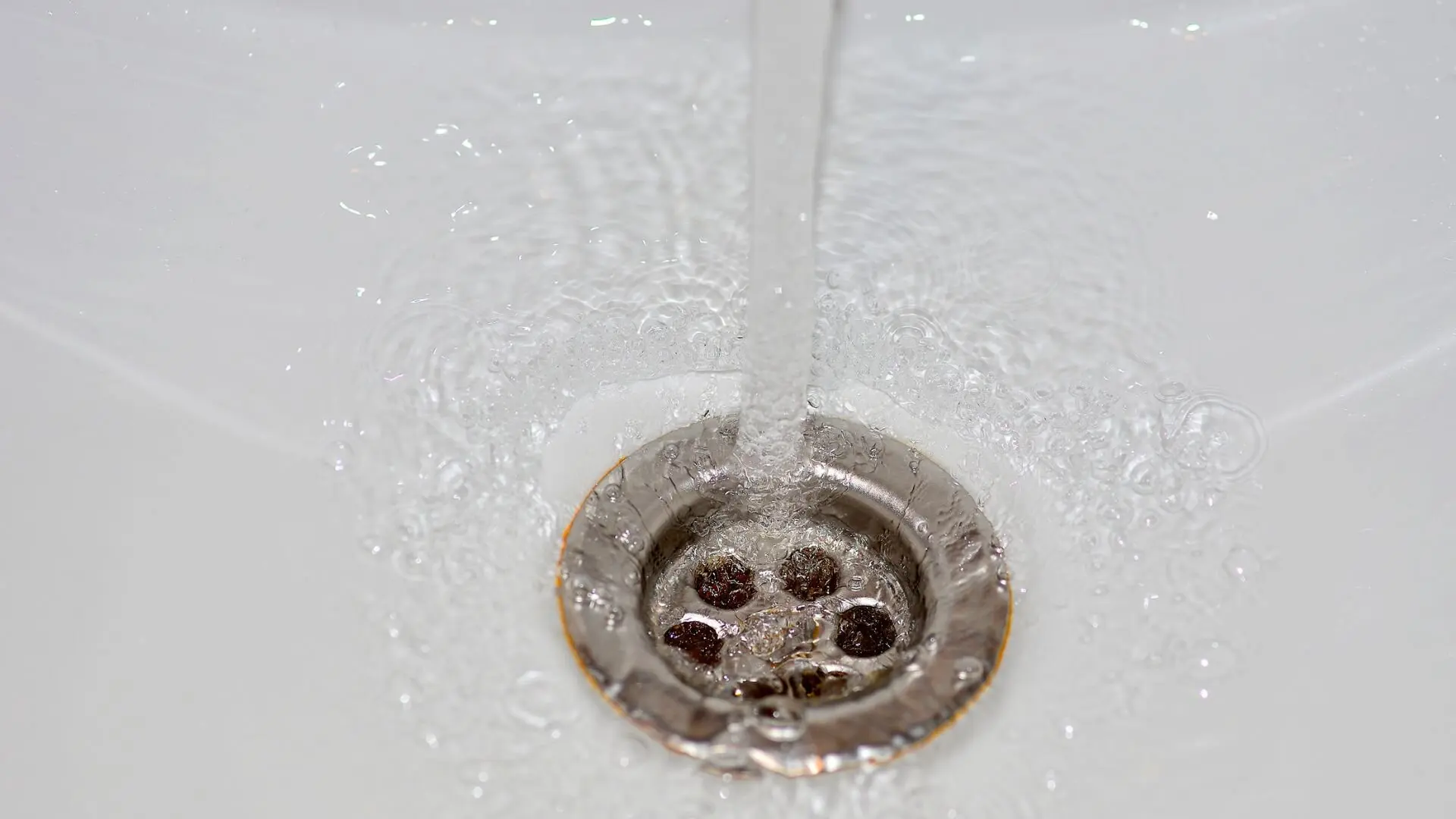
Preventing bath drain blockages involves a combination of practical habits and regular maintenance. Here are some effective tips to keep your drains clear:
Drain covers are vital for preventing blockages. These mesh or perforated covers sit over drains, catching hair, soap particles, and debris. Regular cleaning keeps them effective. By trapping clogging materials at the source, they greatly reduce blockage risks.
Regular cleaning of your bath drain can prevent build-up. A simple monthly routine involves pouring a mixture of hot water, vinegar, and baking soda down the drain. This natural solution helps dissolve soap scum, hair, and minor mineral deposits.
Alternatively, enzymatic drain cleaners can be used to break down organic matter without harming your pipes.
Routine maintenance by a professional plumber is a proactive way to keep your drains clear. Scheduling annual inspections can help identify early signs of blockages and other plumbing issues. Professional plumbers can use specialised tools to clean and inspect pipes, ensuring that any minor problems are addressed before they become major issues.
For minor bath drain blockages, consider these simple and safe DIY methods:
Using a plunger is a quick way to dislodge minor clogs. Ensure there’s enough water to cover the plunger’s cup, create a tight seal over the drain, and pump vigorously.
A mixture of baking soda and vinegar can break down organic material. Pour 1/2 cup of baking soda into the drain, followed by 1 cup of vinegar. Let it fizz for 15-20 minutes, then flush with hot water.
These methods are effective for minor blockages and can help maintain clear drains.
Understanding the science behind bath drainage and maintaining clear drains is crucial for a smoothly functioning plumbing system. Key components such as pipes, traps, and vents work together to ensure efficient drainage, while common causes of blockages, including hair build-up, soap scum, foreign objects, and mineral deposits, can disrupt this system.
Recognising early signs of blockages, such as slow-draining water, unusual sounds, and foul odours, can prevent further damage and costly repairs. Preventive measures like using drain covers, regular cleaning, avoiding pouring grease down the drain, and scheduling routine maintenance can significantly reduce the risk of blockages.
For professional assistance with blocked bath drains, consider contacting WP Plumbing. With a reputation for expertise and a commitment to customer satisfaction, WP Plumbing offers reliable and effective solutions for all your drainage issues. Their experienced plumbers utilise advanced tools and techniques to ensure your drains remain clear and functional. Don’t let minor blockages turn into major headaches— reach out to WP Plumbing for top-notch service and maintenance.
Laundry drain clogs can cause major disruptions and costly fixes. Discover preventive maintenance techniques to keep your drains clear and your laundry hassle-free.
Explore the causes and consequences of blocked stormwater drains, including tree roots, garden debris, and incorrect pipe connections. Learn how to detect blockages and implement effective prevention strategies for a healthier drainage system.
Shower drain maintenance is essential for preventing build-up, unpleasant odours, and potential blockages. Learn how frequently you should be cleaning your shower drain and the best methods to keep it clear and functioning properly.
